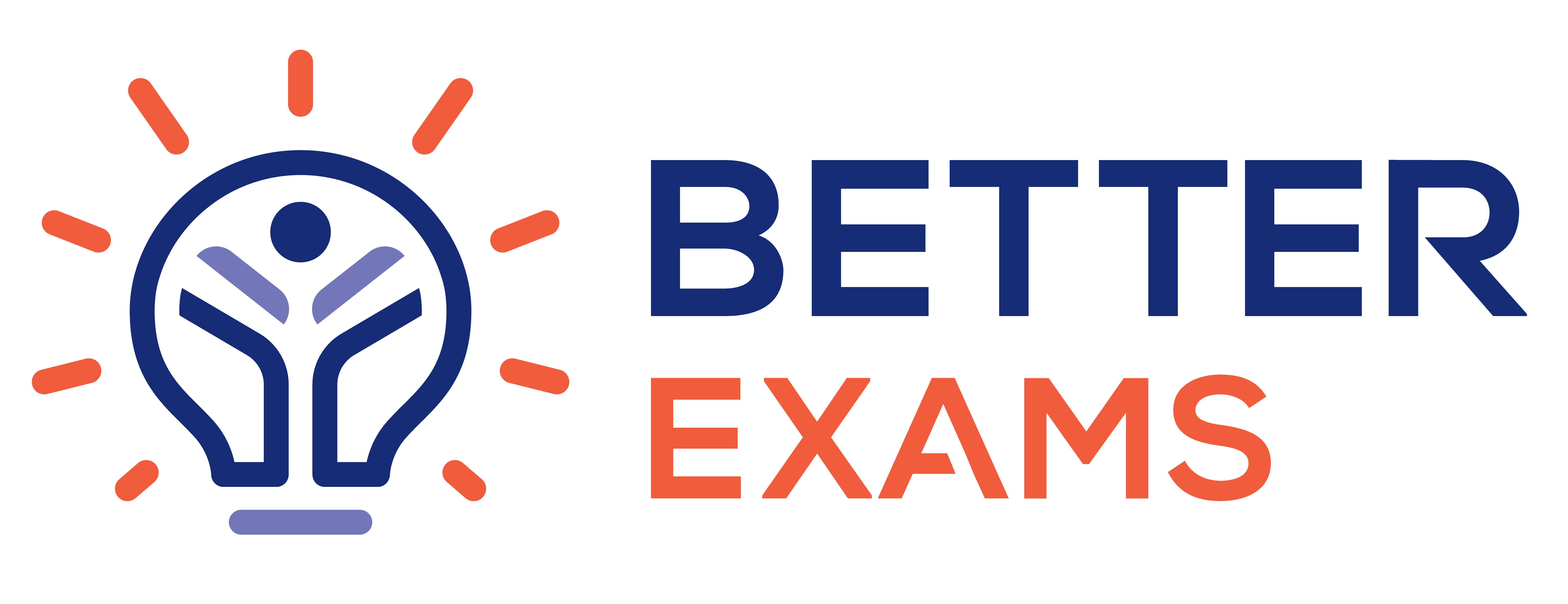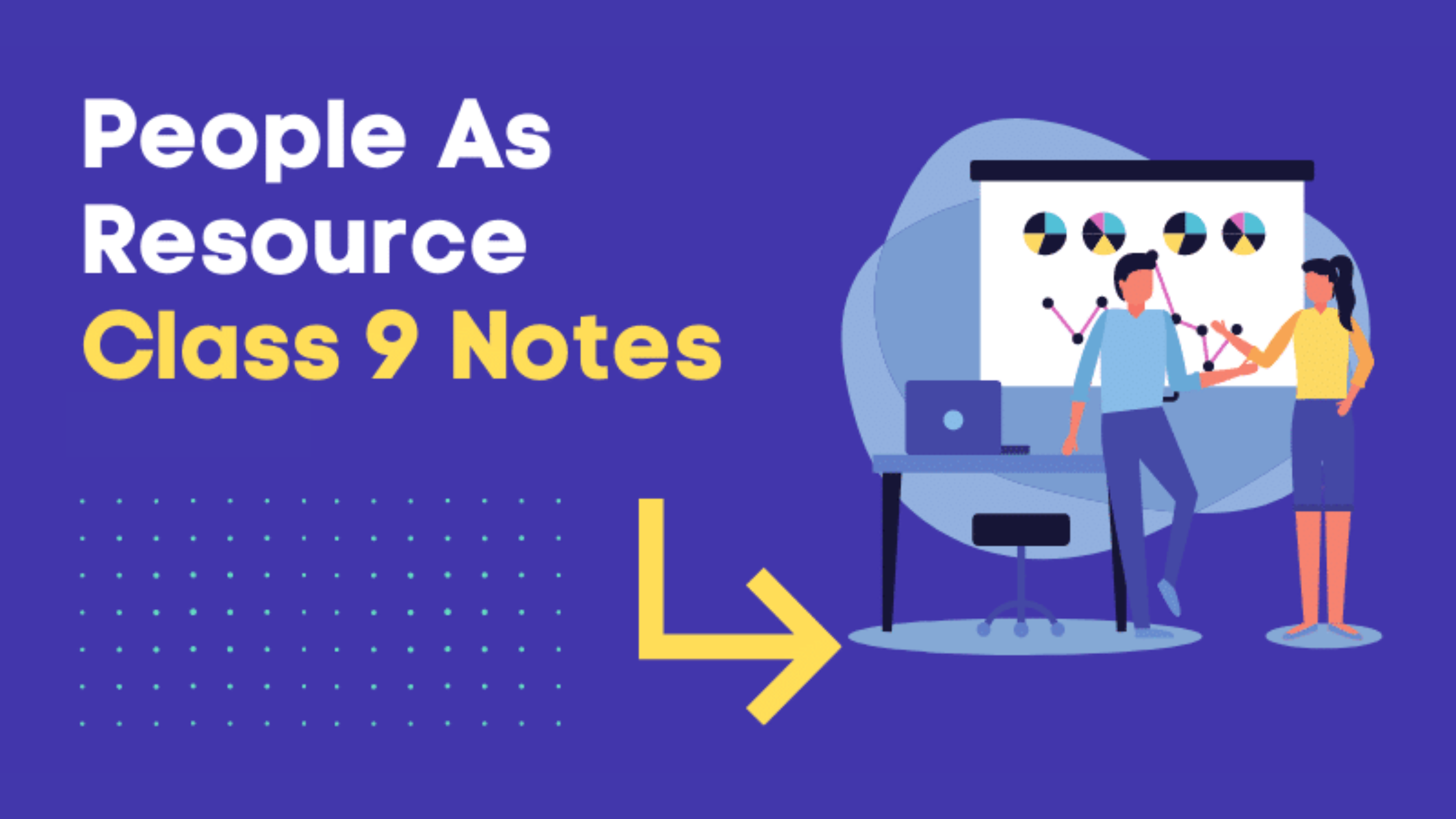We in this article have provided you with the short summary of economics chapter 2 people as a resource along with the ncert solutions. Students would be able to get help for preparing for their examinations and would also get their concepts clear. People as a resource is a way of referring to a country’s human resource i.e. the working population. Like other tangible resources, humans are also considered the best resource as they can convert all other resources to use.
People As Resource Class 9 Introduction
People as a resource means the working population and how it can be further developed by educating and providing health care and this would be called human capital formation. Investing through education, training, and the best medical care would yield the best return.
Human resources are superior to other physical and tangible ones as through this resource only we are able to make out with other resources. For e.g., countries like Japan have invested in their human resource and it is a developed country.
Economic Activities by Men and Women
- The activities in Economics are divided into three sectors i.e. primary, secondary and tertiary. The primary sector includes agriculture, forestry, animal husbandry, fishing, poultry farming, mining, and quarrying.
- The secondary sector includes manufacturing and processing of raw materials to form some unfinished or finished goods.
- The tertiary sector includes trade, transport, communication, banking, education, health, tourism, services, insurance, etc. These activities are termed economic activities. Economic activities have two parts — market activities and non-market activities.
- Market activities include payment to those who render and perform some activities including some government services.
- Non-market activities are the production for self-consumption. These can be the consumption and processing of primary products and the own-account production of fixed assets.
- There is a division of labor between men and women and men were paid and women were not paid or paid less. Through education with vocational training, it would make better use of economic opportunities.
- Women used to work where there was no job security and employment here is characterized as irregular and low income. Basic facilities are also missing maternity leave, childcare, and other social security. Women with good education are paid high with perks.
Quality of Population
The quality of population depends upon the literacy rate, health of a person indicated by life expectancy, and skill formation acquired by the people of the country. It ultimately decides the growth rate of the country and a literate and healthy population were an asset.
Education
Education caters to the needs of the masses and helps to increase the national income and moreover contributes to the growth of society and culture.
Literacy is required to perform their basic duties and to be able to enjoy their basic rights. Sarva Shiksha Abhiyan was introduced in 2001 to provide elementary education to all children up to the age of 6-14 yrs.
This was the major step to increase enrollment and decrease dropout. And for this, the government took initiative and introduced a mid-day meal scheme to provide nutritious food and to increase enrollment in the schools.
12thh five year plan laid emphasis on increasing access, providing quality education, vocationalisation, and using information technology for distance education, and IT education.
Health
Improvement in the health status of the population health status has been the country’s priority, aimed at improving the accessibility of healthcare, family welfare, and nutritional service, especially for the underprivileged segment of the population. India over the last five decades has developed its manpower required in the primary, secondary and tertiary sectors.
Unemployment
India faced a huge shortage of employees and workers in both rural and urban areas. In the rural sector, we faced shortages due to seasonal nature and lack of education.
Seasonal unemployment occurs when people are not able to find jobs at a particular time or during off-seasons. Educated unemployment can be seen in urban areas where manpower is wasted as educated youth are unable to find jobs in the market.
Self-employment can be seen in the primary sector and agriculture is the most labor-absorbing sector. But, in recent years we have seen some of the surplus labor in agriculture has moved to either the manufacturing or tertiary sector. In the tertiary sector, various services are now appearing like biotechnology, IT sector, etc.
People As Resource Class 9 Notes
Q1. What do you understand about ‘people as a resource?
People as a resource is a way to relate to the human resource or the working population of the country with respect to increase their dexterity and abilities. Human resource is as an asset to a country if it is provided with the best education, medical care, and training. The population becomes an investment when money is spent on training, health care, and education, and later that yields a good return.
Q2.How are human resources different from other resources like land and physical capital?
Human capital is in one respect preferable to other resources such as land and physical capital: the land and physical capital can be replaced by human resources. Land and physical resources alone can’t become useful.
Q3. What is the role of education in human capital formation?
Educated persons find jobs in private institutions while uneducated persons do the same just like their parents. They earn a modest income just to sustain their life. If parents invest in their child with the best education, training, and medical care, they are creating assets for the country and get high returns in the form of higher earnings and greater social contribution.
Q4. What is the role of health in human capital formation?
Health is an important pillar to understand one’s well-being. Henceforth, strengthening people’s health status has been the country’s focus. Also, our national strategy aimed at increasing accessibility of education, family welfare, and nutritional services with a special emphasis on the underprivileged population group.
Q5.What part does health play in the individual’s working life?
Health plays a vital role in the working life of an individual as no firm would be induced to employ people who might not be able to work efficiently as healthy workers due to ill health and not only that people who are physically or mentally ill are unable to work.
Q6. What are the various activities are undertaken in the primary sector, secondary sector, and tertiary sector?
The different activities were classified into three major sectors i.e. primary, secondary, and tertiary. The primary sector includes agriculture, forestry, livestock, fishing, poultry, and mining. The secondary sector includes the quarry and manufacturing. The tertiary sector includes trade, transport, communication, finance, education, health, tourism, utilities, insurance, etc.
Q7. What is the difference between economic activities and non-economic activities?
Activities can be further divided into two i.e. economic and non-economic activities. Non-economic activities, which are not performed money but to get some satisfaction. These activities add value to domestic revenue. Those are called economic operations. Such tasks are carried out for the satisfaction of social duty or for physical health or leisure.
Through economic activities, one gets payment as wages or salaries. Through non-economic activities, one can do betterment of the society. These are for self-consumption.
Q8. Why are women employed in low-paid work?
When women enter the labor market, they are paid for their work. Their earnings are calculated on the basis of education and ability, much like that of their male counterparts. Most women are under-educated and have low skills training, and therefore women are paid low compared to men. Most women do work where there is no job security.
Q9.How will you explain the term unemployment?
Unemployment is said to exist when people are willing to work at the going wages but cannot find jobs.
Q10. What is the difference between disguised unemployment and seasonal unemployment?
People appear to be employed in the event of disguised unemployment. Seasonal unemployment occurs when people are unable to find jobs during off-seasons or particular time periods.
Disguised unemployment happens among family members engaged in farming activities. People who are dependent on farming typically face this kind of problem. The job needs five people to serve but employs eight men. Sowing, harvesting, weeding, and threshing are performed in some busy seasons.
These three people also work in the same plot as five people. The contribution made by the three extra people does not add to the contribution made by the five people. If three people are removed the field productivity will not decline.
The field requires the service of five people and the three additional people are disguised as being employed. Some months do not give the people who are dependent on agriculture much work.
Q10. Why is the educated unemployed a peculiar problem of India?
In India, we have certain cases of educated unemployment as many young people pass with matriculation, or higher degrees still are not able to find jobs or are educated unemployed. A paradoxical state occurs as at one place we have a surplus of manpower and at someplace we have a deficiency of human power.
Q11. Which capital would you consider the best — land, labor, physical capital, and human capital? Why?
Japan has the most sought human power in the world after being an island nation. It has invested a lot in manpower and uses it to produce a higher yield in every sector. They have made huge investments in the field of education with vocational training. Such individuals make use of other physical tangible resources and have efficiently developed this country.
Conclusion
We have penned down the short and detailed notes of Class 9th economics chapter 2 People as Resources along with the ncert solutions. Students can get the gist of the lesson and make their concepts clear.

